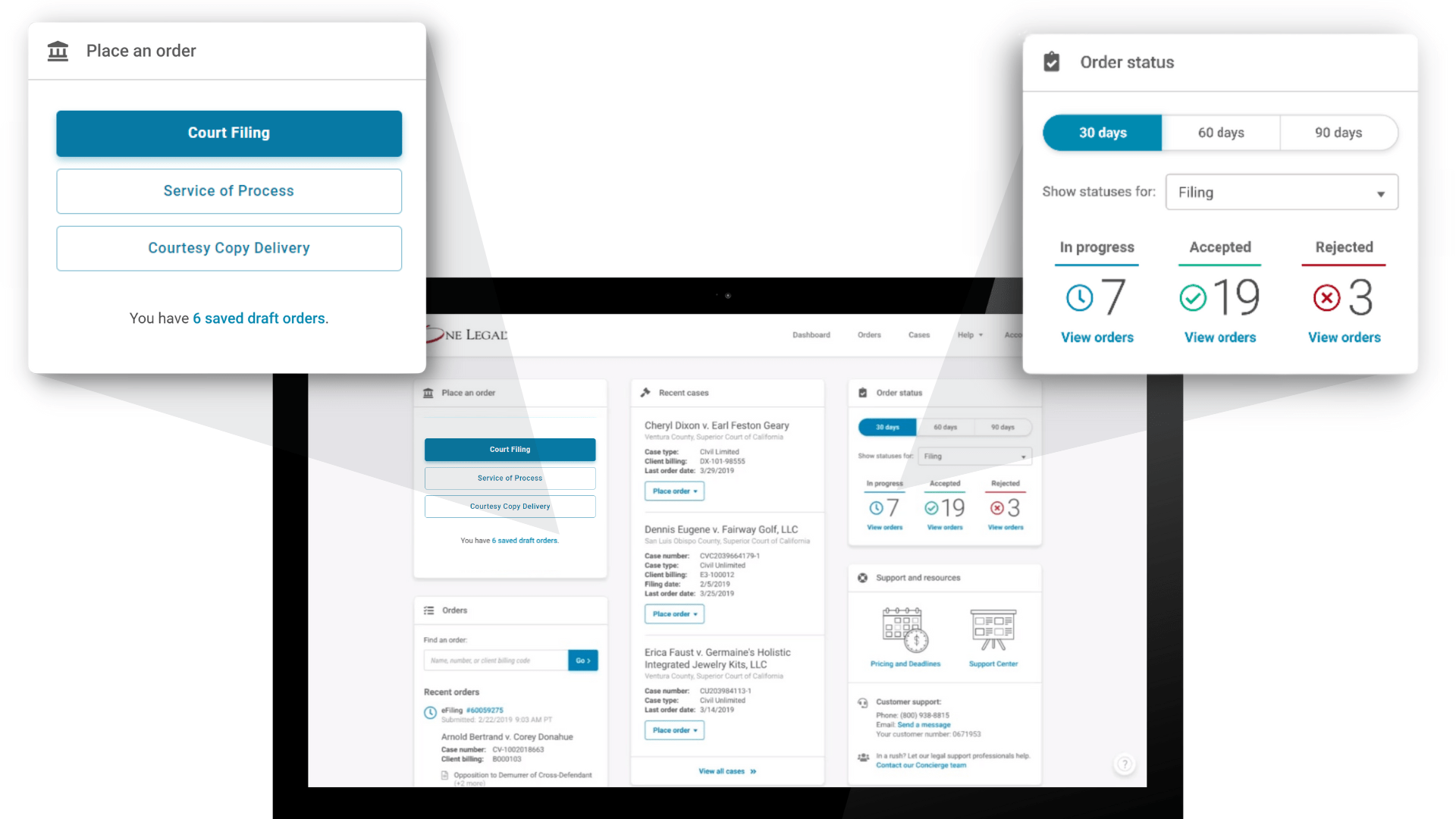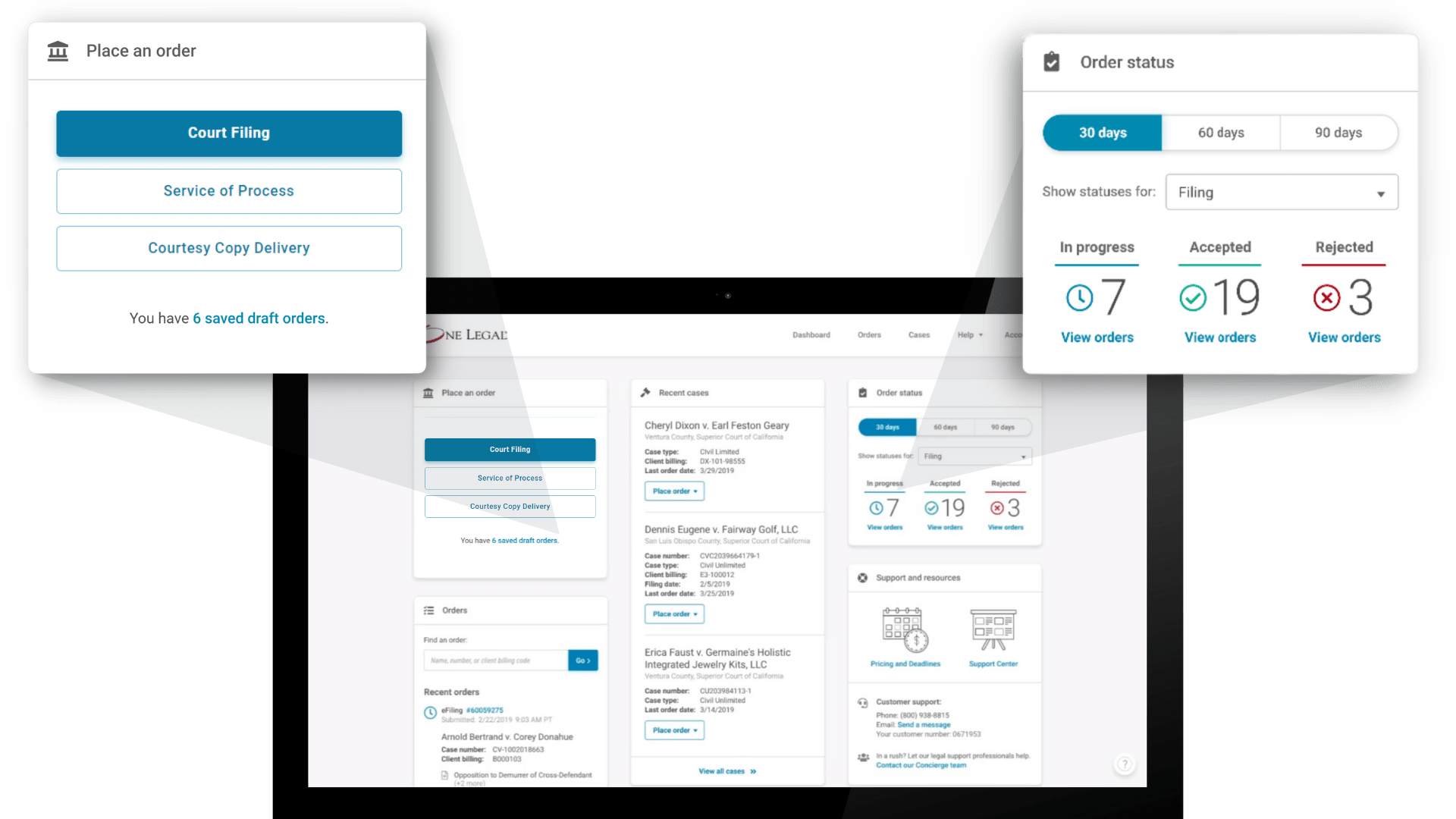A motion to compel is nothing new to even the newest lawyers. Even if you’ve only been practicing civil litigation for a few months, chances are you’ve already been introduced to the discovery game. If memory serves, it usually goes something like this:
Your side sends out discovery requests and waits for responses. Usually within a week of the due date, you get an email from opposing counsel; they want an extension of time to respond. Being the reasonable attorney that you are, you grant the extension.
When the extension finally lapses, you and your clients are ready to be enlightened. Yet, instead of real answers or an honorable document production, you get a list of boilerplate objections, vague promises to produce something, or outright silence. Sound familiar? If so, you’re not alone.
Discovery is supposed to be an open process where both sides exchange necessary information. But in reality, it often feels like a battle of attrition. So, what can you do to overcome your opponent’s gamesmanship? Unfortunately, the Motion to Compel (MTC) is often your best (and sometimes only) option for extracting meaningful information.
In this post, we’ll dive into the nuts and bolts of the MTC. To keep things simple, we’re going to focus on California law (but for more information on Federal practice, please see Federal Rule of Civil Procedure 37 and related cases).
Let’s dive in.
What’s the problem?
Discovery should be simple: You ask for information, and the other side provides it. But sometimes, the opposing party refuses to cooperate. Here are the most common roadblocks I encountered when I was practicing:
- No response at all. You send discovery requests, and the other side simply ignores them.
- Objections with no real answers. The other side responds, but it’s just pages and pages of boilerplate objections.
- Vague promises to produce documents. Your opponents say they’ll provide documents “subject to” objections – but never actually produce them or they provide a woefully inadequate set of documents.
- Evasive or incomplete responses. Answers are provided, but they dance around the question without actually giving you the information you need.
So, why does this matter? Because failing to address these issues can seriously harm your case – and they know that.
All of these tactics slow down litigation. If you don’t have full discovery, you can’t properly prepare for depositions, motions, or trial. Moreover, chasing down discovery responses wastes time and money. Fortunately, the courts don’t look favorably on this type of gamesmanship.
Don’t step in it – overcoming bogus objections
Assuming, again, that you’re new to discovery practice, I want to flag a trick that unscrupulous attorneys often play on their young opponents. Specifically, they’ll provide a litany of objections to your discovery requests that include statements like this:
“Defendant objects to this interrogatory on the grounds that it calls for information that is not relevant to this matter. Defendant further objects that the interrogatory calls for hearsay.”
If you’ve just come out of law school, you’ll recognize relevance and hearsay as valid evidentiary objections. Don’t fall for this trap. The standards for what is discoverable and what is admissible at trial are very different things. The discovery standard is much more broad.
Specifically, under California Code of Civil Procedure (CCP) § 2017.010, discovery may seek information “regarding any matter, not privileged, that is relevant to the subject matter involved in the pending action … if the matter either is itself admissible in evidence or appears reasonably calculated to lead to the discovery of admissible evidence.” (Emphasis added.)
In other words, you can ask for information that is not admissible at trial (including hearsay, speculative statements, and seemingly irrelevant information) so long as that information may lead you to something that will be admissible at trial.
I could write a whole separate post on this topic but for now, suffice it to say that you should absolutely push back on any objections of this sort.
Why can’t we all just get along?
So, you’ve propounded discovery, provided extensions, and received bogus responses. What now? Do you just fire off a MTC? Nope. The court (and California law) want you to try to resolve the issue informally first. This is known as the “meet and confer” process.
In fact, the law takes this informal resolution process so seriously that you don’t just have to do it, your ultimate MTC must include a sworn declaration stating “facts showing a reasonable and good faith attempt at an informal resolution of each issue presented by the motion.” CCP § 2016.040; see also CCP § 2030.300(b).
If you’re smart (and I know you are), you’ll handle a good portion of this process in writing and will attach copies of your meet and confer communications to your declaration. Keep in mind, however, that those communications need to show “a reasonable and good faith effort.” So, what is that?
First of all, no matter how obnoxious your opponent is, your meet and confer communications need to remain courteous. No judge wants to read a string of expletives or other creative adjectives you may choose to describe your opponent’s actions. They only make you look bad.
Perhaps more importantly, you’ll want to show that you stated each issue clearly, allowed your opponent time to respond, extended concessions (if appropriate), and really tried to avoid motion practice.
And guess what? Even if you do all of that, your opponent may still tell you to pound sand.
Time for your Motion to Compel.
Drafting the motion to compel
A MTC is not unlike many of the other motions you’ll file in the context of civil litigation, with one notable exception – the Separate Statement. Thus, we’ll briefly outline the standard parts of your motion (except for your declaration, which we’ve already discussed), then spend a little extra time on that component.
Here’s what your MTC should include:
Notice of Motion and Motion
Your MTC needs to begin by concisely telling the court and your opponents your planned hearing date, what you want, why you want it, and why you’re entitled to it. That usually looks something like this:
TO ALL PARTIES AND THEIR ATTORNEYS OF RECORD:
PLEASE TAKE NOTICE that on [Date] and [Time] in Department [#] of the above-entitled Court, Plaintiff will and hereby does move this Court for an order compelling Defendant to produce further responses to Plaintiff’s Special Interrogatories, Set 3, Numbers 1, 3, 7, 8, 10, 14, 16, and 18.
This Motion is brought pursuant to [list CCP sections] on the grounds that Defendant has provided interrogatory responses containing unfounded objections and incomplete and evasive information. Also included with this Motion are: (a) a Memorandum of Points and Authorities pursuant to CRC 3.1113; (b) a declaration stating Plaintiff’s meet and confer efforts pursuant to CCP § 2016.040; and (c) a Separate Statement pursuant to CRC 3.1345.
Memorandum of points and authorities
Next, as with most Motions, your MTC must include a Memorandum of Points and Authorities. Fortunately, the California Rules of Court tell us exactly what’s expected in that portion of your brief. Specifically, CRC 3.1113 tells us that your memorandum “must contain”:
- A statement of facts,
- A concise statement of the law,
- Evidence and arguments relied on, and
- A discussion of the statutes, cases, and textbooks cited in support of the position advanced.
To ensure that the court can easily analyze your brief, make sure to place each of these components under a discrete heading with logical subheadings outlining your argument.
Separate statement
Separate Statements aren’t required for every Motion, but they are critical to a Motion to Compel Discovery. Once again, the California Courts tell us exactly what’s required, so let’s begin by taking a look at the salient Rule – CRC 3.1345(c) (I’ve underlined portions you should pay extra attention to):
A separate statement is a separate document filed and served with the discovery motion that provides all the information necessary to understand each discovery request and all the responses to it that are at issue. The separate statement must be full and complete so that no person is required to review any other document in order to determine the full request and the full response. Material must not be incorporated into the separate statement by reference. The separate statement must include-for each discovery request (e.g., each interrogatory, request for admission, deposition question, or inspection demand) to which a further response, answer, or production is requested-the following:
- (1) The text of the request, interrogatory, question, or inspection demand;
- (2) The text of each response, answer, or objection, and any further responses or answers;
- (3) A statement of the factual and legal reasons for compelling further responses, answers, or production as to each matter in dispute;
- (4) If necessary, the text of all definitions, instructions, and other matters required to understand each discovery request and the responses to it;
- (5) If the response to a particular discovery request is dependent on the response given to another discovery request, or if the reasons a further response to a particular discovery request is deemed necessary are based on the response to some other discovery request, the other request and the response to it must be set forth; and
- (6) If the pleadings, other documents in the file, or other items of discovery are relevant to the motion, the party relying on them must summarize each relevant document.
Trust me when I tell you that these things are cumbersome to put together. That said, they’re probably the most important document the court will rely on when deciding your motion.
Conclusion
As you can see, MTCs are not quick or easy to put together. Perhaps this is by design. Courts are busy and they don’t want to spend endless hours deciding discovery squabbles.
That said, when they do become necessary, the very best thing you can do for your client is to play by the rules, be as concise as possible, and remain courteous throughout the process. Good luck!








